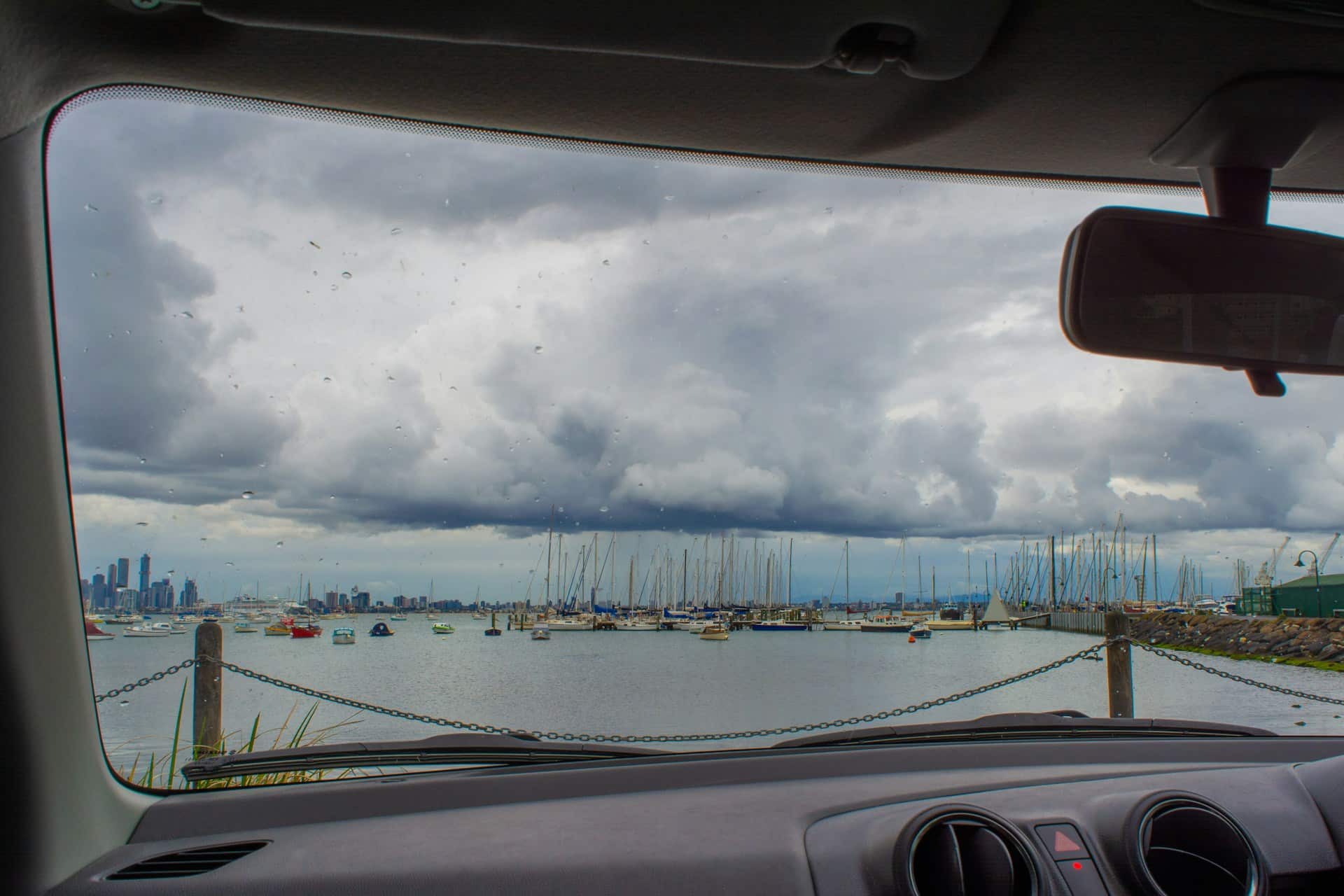Texas is no stranger to thunderstorms. From sudden afternoon lightning shows to powerful spring storms that sweep across the state, waterfront properties often face unique challenges. While docks are built to withstand everyday conditions, thunderstorms bring risks like lightning strikes, strong winds, and flooding that can damage your structure or endanger your family. Knowing how to prepare your dock before a storm—and how to stay safe during and after—makes all the difference.
This guide covers practical steps for keeping your dock safe during Texas thunderstorms, while also protecting the people who enjoy it.
Understanding Thunderstorm Risks for Docks
Thunderstorms pose several dangers to docks, each of which requires specific preparation:
- Lightning Strikes: Open water and metal structures can attract lightning.
- High Winds: Strong gusts can loosen dock boards, shift floating docks, or damage accessories.
- Heavy Rain: Rising water levels put pressure on pilings and anchors.
- Debris: Wind and current can push logs, trash, or even boats against your dock.
When combined, these factors can cause costly damage if not addressed ahead of time.
Step 1: Inspect and Secure Before Storm Season
A safe dock starts with regular inspection. Before Texas storm season kicks into high gear in spring and summer, walk through your dock and look for:
- Loose boards or fasteners that need tightening.
- Worn ropes, cleats, or bumpers that may fail under stress.
- Anchors or pilings that show movement or erosion.
- Electrical systems, ensuring they’re grounded and weatherproof.
Taking care of these details in advance helps your dock withstand heavy weather without major damage.
Step 2: Remove or Secure Dock Accessories
Thunderstorms often strike with little warning, so it’s best to keep removable items stowed when not in use. Remove or secure the following:
- Chairs, tables, and picnic gear.
- Grills or portable fire pits.
- Kayaks, paddleboards, or floats.
- Dock ladders, if detachable, to prevent them from being ripped off.
If your dock has permanent fixtures, check their hardware and make sure they’re firmly anchored. A simple strap or chain can prevent costly losses.
Step 3: Protect Boats and Watercraft
Boats tied to docks often take the brunt of storm damage. To minimize risk:
- Use strong, weather-resistant lines with extra slack to account for rising water.
- Attach bumpers or fenders to reduce impact.
- If possible, move boats to a sheltered marina or pull smaller craft onto shore before a storm.
Protecting your watercraft also protects the dock from impact damage.
Step 4: Address Electrical Safety
Many Texas docks include power outlets, lighting, or boat lifts. These are convenient but dangerous during thunderstorms. Always:
- Shut off power to the dock when severe storms are forecast.
- Install ground fault circuit interrupters (GFCIs) for outlets.
- Hire a licensed electrician to ensure your dock wiring meets safety standards.
Electricity and water are a deadly combination—this step is critical for protecting both your property and your family.
Step 5: Stay Away During the Storm
It may be tempting to check on your dock when the wind picks up, but safety should come first. Follow these rules:
- Never stand on or near a dock during lightning activity.
- Avoid using metal ladders, fishing gear, or railing that could conduct electricity.
- Wait until the storm fully passes before returning.
Docks can be replaced—lives cannot.
Step 6: Post-Storm Inspection and Cleanup
After the storm clears, take time to inspect your dock before regular use. Look for:
- Shifts in dock position or anchors.
- Broken boards or cracked supports.
- Damaged bumpers, cleats, or ladders.
- Debris lodged under or against the dock.
Clean up trash and branches promptly to prevent long-term damage. If you notice significant structural issues, call a professional for repairs before using the dock again.
Long-Term Strategies for Storm-Resilient Docks
Some measures go beyond quick prep and can improve dock safety year after year:
- Floating Docks: These rise and fall with water levels, reducing stress on pilings.
- Storm-Resistant Materials: Composite decking and galvanized hardware resist rot and rust.
- Anchoring Systems: Proper anchors or stiff-arm systems hold floating docks in place during high winds.
- Insurance: Make sure your policy covers dock damage from storms common in Texas.
Investing in long-term resilience saves money and stress in the future.
Tips for Families During Storm Prep
- Keep children indoors once a storm watch is issued.
- Create a family checklist for storm prep that includes the dock.
- Use storm prep as a teaching moment—kids can help store life jackets, roll up fishing lines, or gather loose gear.
By making dock safety part of your family’s storm routine, you’ll protect both your property and your loved ones.
Conclusion
Thunderstorms are a part of life in Texas, but with preparation and smart habits, your dock can weather the storms safely. From securing accessories and watercraft to shutting off electricity and avoiding the dock during lightning, these steps ensure peace of mind when the skies turn dark.
For those looking to make their waterfront property safer and more enjoyable year-round, EZ Dock Texas offers solutions designed to handle the challenges of Texas weather. Learn more on our contact page or connect with us on Facebook for updates and ideas.







